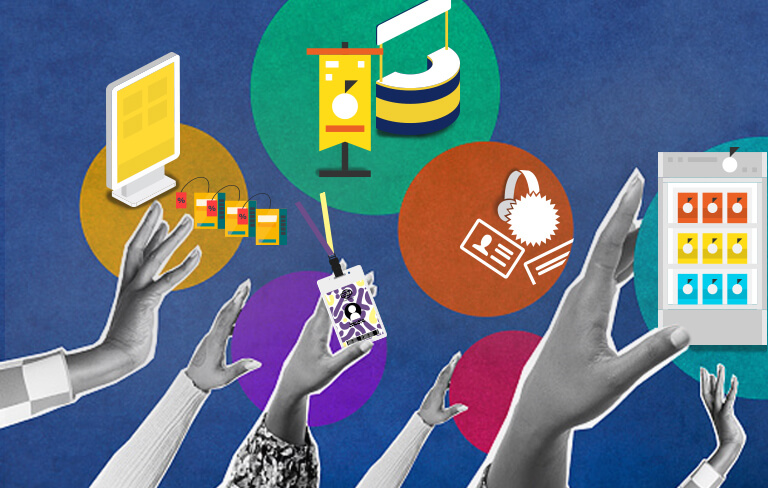As the Asia-Pacific region (APAC) emerges from the impact of the pandemic, businesses find themselves facing a crucial question: How much should brands allocate to their marketing budgets? The region’s recovery has been accompanied by mixed responses and uncertainties, creating a challenging landscape for brands to navigate.
Evidence from past downturns revealed that brands should think about long-term brand building rather than promotions, as companies that maintained their investments saw higher growth than those that cut their budgets. Data on brands’ media spending during the last recession showed that brands that upped their investments recorded 17% growth in incremental sales, while those that reduced theirs witnessed an 18% reduction, of which two-thirds of these losses were attributed to lower investments. By now, it is clear that brands should continue to spend their marketing dollars even during economic downturns, to ensure continued brand growth in the long run.
Where should the marketing dollars be going?
Studies have shown that brands that continue to maintain brand salience during recession generated higher brand growth. This is because while consumers experience weaker sentiments during a negative economic outlook, they still value products or services which provide convenience and are hence willing to spend more on them. This is where brands can highlight how their products satisfy consumers’ needs and appeal to them more effectively. Most importantly, the chosen strategy should be one which can help maintain salience to your customers during recessions.
If your brand is working with a tight marketing budget, consider emphasising on strategies that increase earned media, word of mouth, and advocacy for your brand. These effects are essentially even more promotion for your brand, thereby maximising the value of your budget without incurring additional costs. See how Haribo achieved three times more earned media than what the key opinion leaders (KOLs) were engaged for through their Goldbears 100 Years Anniversary KOL Campaign in collaboration with Mashwire.
Which marketing strategies are being spent on today?
In 2022 alone, 62% of global total media advertising spendings went towards digital marketing, such as paid advertisements, social media advertising, email marketing and search engine optimisation (SEO) strategies. Albeit smaller in proportion, investments in offline strategies are also growing to satisfy customers’ demand for 360 seamless brand experiences. As such, popular strategies used by brands today include experiential marketing tactics, on-ground events and sponsorships.
Personalised marketing and video marketing are also on the rise as brands shift their strategies to a more customer-centric one, delivering an enhanced customer experience. Customers are playing a bigger role in brands’ marketing strategies too, where brands are now riding on user-generated content to promote themselves and increase overall brand credibility. By encouraging customers to post their product reviews, brands can appear more credible and trustworthy as the content is generated by genuine customers.
In sum, as supported by any article from Marketing Interactive, 50% of the brands surveyed will maintain their budgets at 2022 levels and 35% plan to slightly raise their marketing budget for 2023 despite these downturns. Depending on the needs and goals of your brand, select the strategies most relevant and suited to your brand. The most effective marketing plan is one that integrates multiple strategies from both online and offline, rather than sticking to one. Check out how Mashwire does this effectively through Yeo’s “NDP with Yeo’s 2021” campaign, which utilised both social media outreach and on-ground engagement to deliver a successful campaign.
Still pondering whether to save or spend your marketing dollars? Look no further! Contact us today for a discussion on your next step in marketing your brand!





